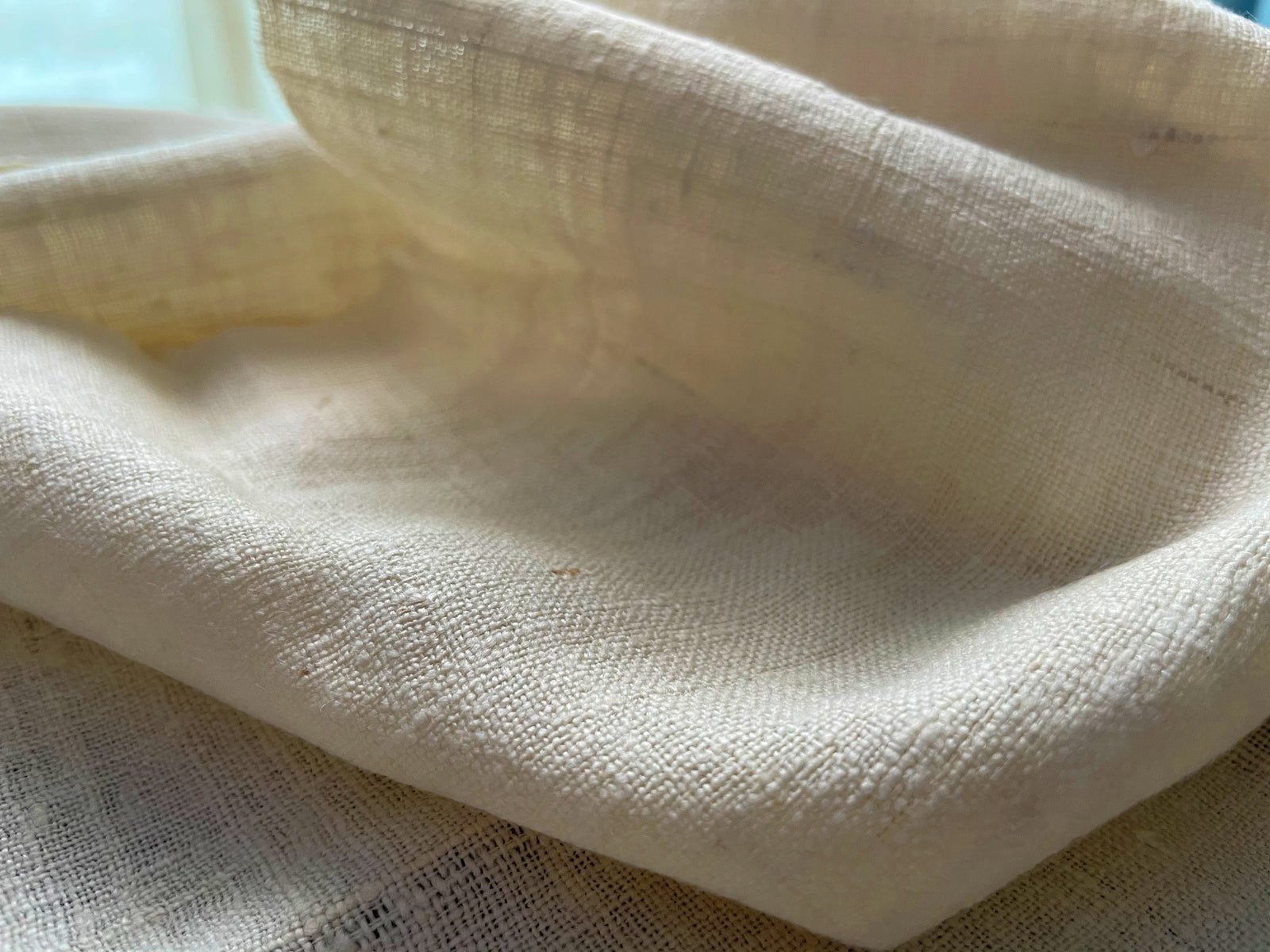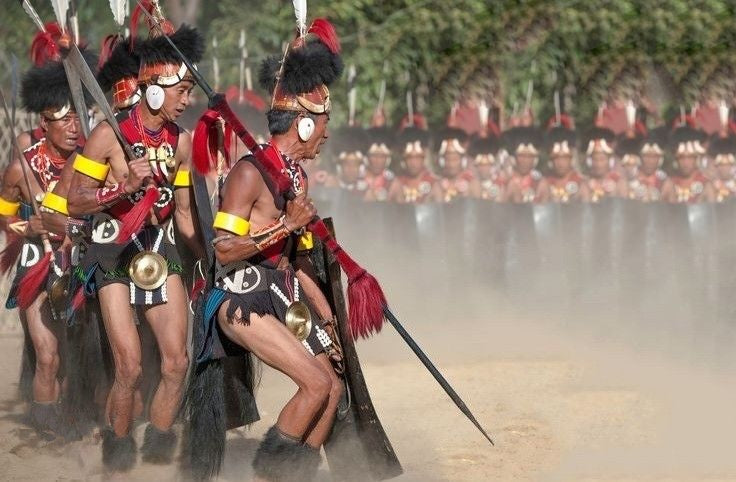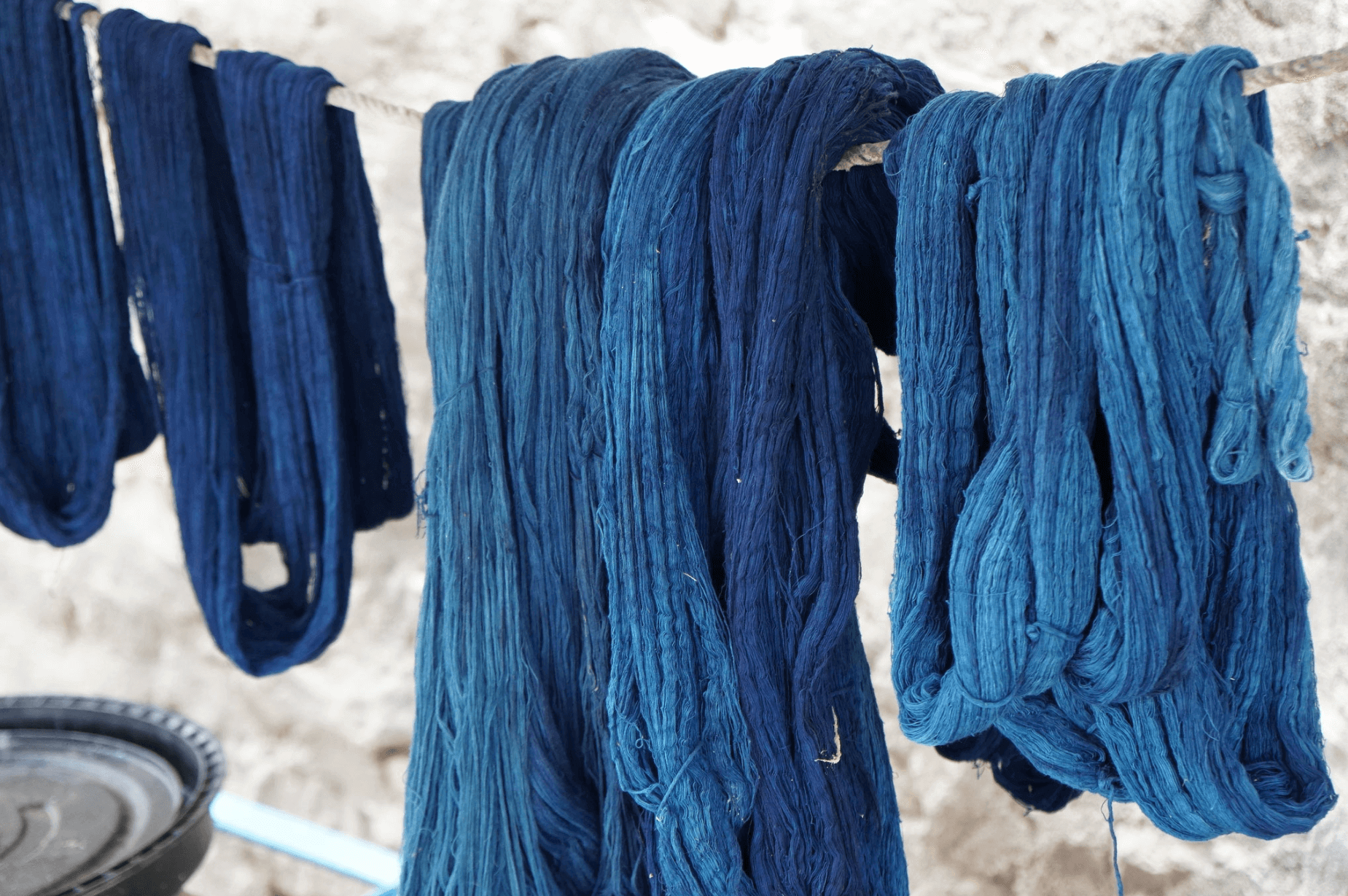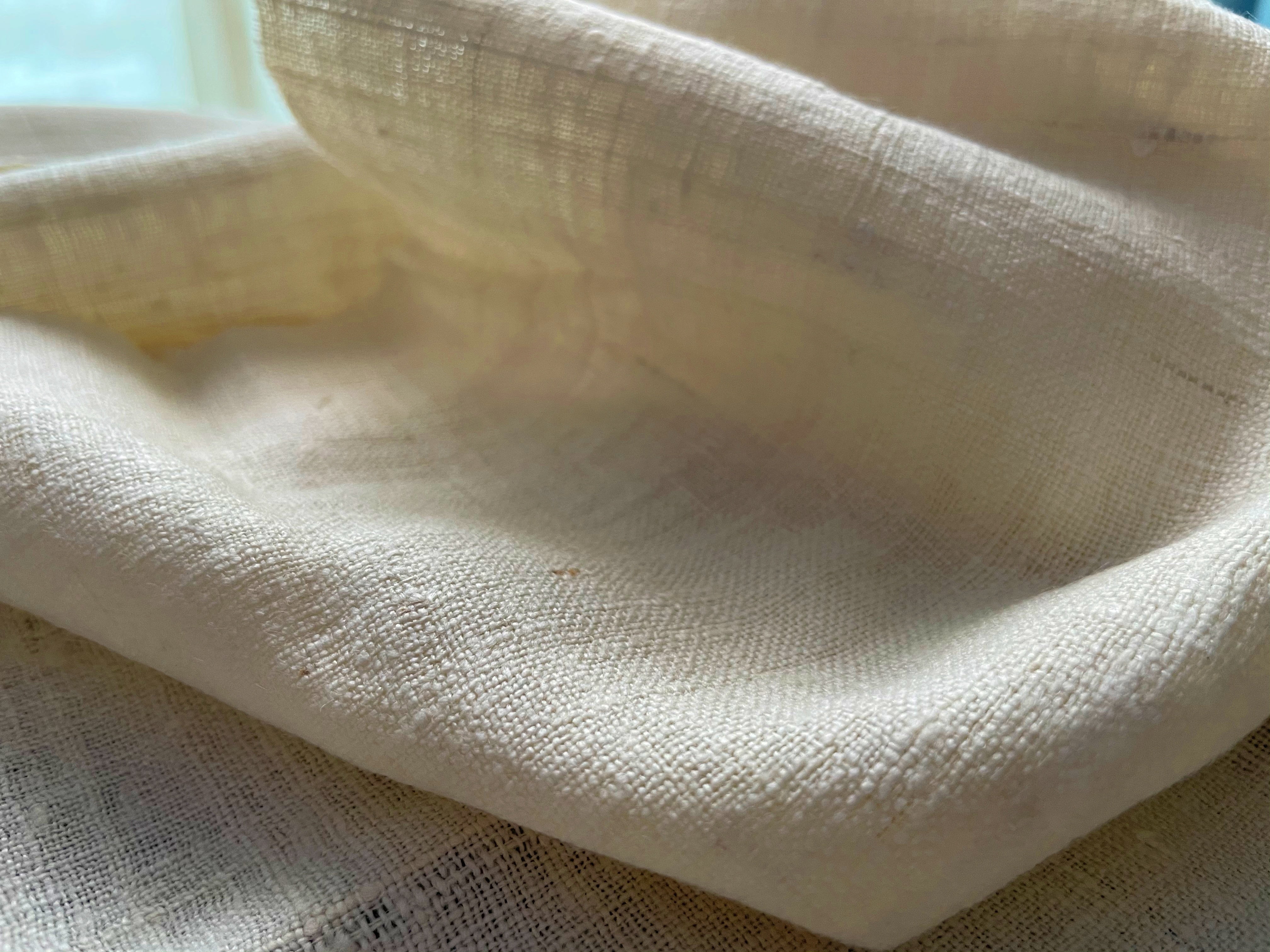The Story of Eri

Every brand working in the handloom sector has a favourite fabric. Ours is Eri silk. Since the very inception of TSC, we have been strong advocates of Eri silk. We have promoted it on our social media pages and have spoken about it at pop-ups. It remains our best selling fabric to this day, much loved by customers who have purchased Eri silk sarees. But for those who are still on fence about trying world's most sustainable silk, we'll demystify it for you, and hope that you'll give this beautiful silk a try.
Eri silk is indigenous to Northeast India. Cultivation and production of Eri silk is rooted in the culture of this region. While growing up, winters would denote wrapping in a large Eri shawl at home, cozy and comfortable. Every household in Assam would have at least one hand-spun, handwoven thick Eri shawl that would come out of closet at the onset of winter every year.

Eri silk comes in two natural colors: White Eri and Red Eri.
White Eri is a lovely milky-white and red Eri glows with a reddish-orange color. How do these two entirely different colors come about? Well, Eri silk moths that feed on their usual food, castor leaves, produce a range of cocoon colours, from white to off-white to cream.
However, there's a rare variety found in the Kokrajhar district of Assam that feeds on a particular species of ficus leaves (ficus citrifolia), producing reddish-orange silk cocoons. These cocoons are separated from the white and processed separately, producing the unique and very beautiful red Eri silk.
Today, raising Eri moths is a growing cottage industry and supports mostly the remote farmers of Northeast India.
Tribal women receive training through government programs on how to rear Eri moths and harvest the silk. Eri silk makes up around 8% of the total silk production in India and continues to make inroads into the fashion and textile industries.
Ready to try out some Eri silk sarees?
Shop our Eri silk collection now.




